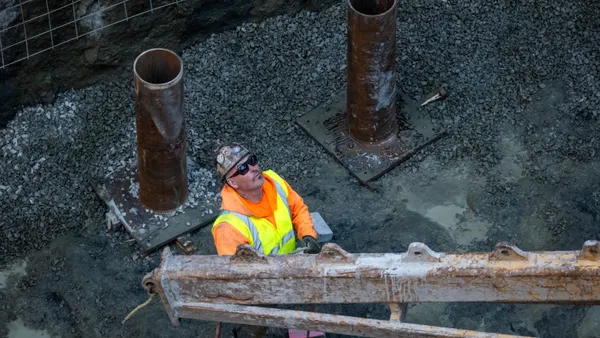Dive Brief:
- The current state of low housing inventory in cities across the U.S. is an ongoing problem. Adding to the concern, Trulia reported that over the last four years, the number of starter homes on the market has plunged 43.6% to a share of 27.7% and that homebuyers will need to pay 5.6% more for them than they did in 2012.
- Trade-up homes on the market fell by 41% since 2012 to a share of 26.1%, and those homes cost purchasers 2.6% more.
- Premium homes saw their numbers decrease by 33.4% since 2012; however, their market share increased to 46.2%. A premium home costs a buyer 1.4% more than it would have in 2012.
Dive Insight:
So how has the starter, trade-up and premium story played out in the largest U.S. metros since 2012? Nationally, inventory for all types of homes have fallen, but starter and trade-up homes have taken the biggest hits. Starter homes lost the most ground in the West and South, and they are the most expensive in California.
In some markets, the increasing difference between the prices of premium and starter homes is causing "homebuyer gridlock," as there is a "high correlation" with the price difference and a tight market for starter homes, according to Trulia.
The National Association of Realtors reported this week that the share of first-time buyers fell to 30% in February and that the median existing-home price in January was up 4.4% from last year to $210,800. The NAR, very much in line with Trulia’s assertions, said that the "unshakably low supply levels and steadfast price growth" are the primary drivers of the decrease in existing home sales.
While the multifamily sector has offered a continued hot market for builders, the NAR said its data has found that most consumers would prefer a home in the suburbs. The NAR advised homebuilders to "double their focus" on single-family home construction to meet this demand.










